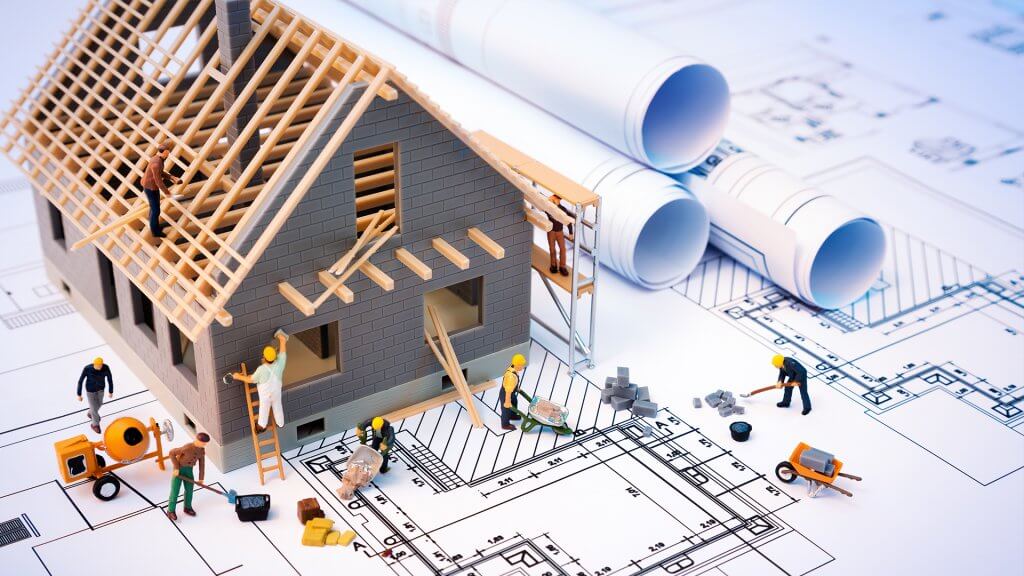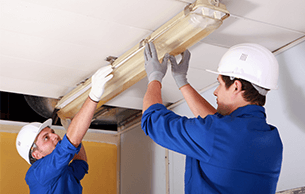There is still a certain sense that things may never been fully the same as before the world went into lockdown. With social behaviours and etiquette sharply changing, how can businesses built upon years and years of the ‘old’ normal embrace the new world that will emerge after the pandemic is brought under control?
Experts have coined the phrase ‘Low Touch Economy’ to describe how they believe businesses will need to operate after lockdown. Here, we will guide you through what the Low Touch Economy is and how your business can get ready to reopen to a low touch world.
What is the Low Touch Economy?
The Low Touch Economy is a concept developed by the Board of Innovation. It essentially predicts a new overarching process that all businesses, regardless of sector, will need to follow in order to remain safe and accessible in at least the early days of post-lockdown.
The model outlines how customers and workers will need to operate at distances, using technology as a means to avoid physical human contact. It highlights the need to increase hygiene awareness and practices, protecting both staff and customers. In essence, the Low Touch Economy is the ‘new’ normal, and businesses that can’t adapt to this new world will be left behind in the memories of how businesses ran pre-lockdown.
Savvy businesses are already looking into ways for their companies to embrace the change: according to search volume data from Google, searches for “low touch” were up 75% between February and April in 2020, with “non contact” up 91% in the same time frame. Year-on-year, searches for “low touch” have increased 133% in April 2020 compared to April 2019. “Non contact” increased 200% in the same time frame. The impact of the pandemic has supercharged our move towards a Low Touch Economy.
So, how can your business continue to prepare for the Low Touch Economy?
Supplies for you and your customers
As with any plan, preparation is key. No matter what sector you’re in, keeping the workplace cleaner than it’s ever been before will now be the norm. Don’t just rely on the evening cleaning team either — you need to be prepared to do regular top-up cleaning throughout the day, particularly on any surfaces that might be touched, such as door handles and counters. Stock up on essential cleaning products, such as antibacterial spray, bin bags, and disposable gloves. Blue roll is a great option for fast-paced environments, as it can be used and disposed hygienically, rather than having to stop and clean out a reusable cloth each time it is used to keep it sanitary.
Place hand sanitiser stations around your business for your employees and your customers to use — having one at the door for customers entering and leaving is an effective way to keep everything in your premises clean.
Reducing contact as much as possible
As well as keeping your business clean, you will want to keep your customers and employees safely spaced. If your floor size permits, having stickers on the floor indicating two metre distances is an easy way to help guide customers and employees around the building without danger.
Alongside this, establishing a one-way system will keep everything running smoothly without causing too many hold-ups along the way. It also means customers don’t need to worry about turning around and accidentally bumping too close to someone going the other way!
In terms of your staff, similar rules would apply in terms of keeping your staff spaces safely apart. If they are working in customer-facing roles, such as on a shop floor, having designated help desks with two-metre markings near it will help prevent customers walking around in search of staff and potentially having to get too close to get their attention for help with something.
If you haven’t before, now is the perfect time to look into technological upgrades for your business too. According to Sifted, one robot delivery service has witnessed a business boom since the pandemic began, with around 70 robots rolling across Milton Keynes to deliver groceries and takeaway food. They’ve been active for the last two years, but now the company says they’ve noticed people moving from asking about their robots’ customer proposition potential to their robots’ hygiene and safety perks. After all, if a robot is carrying your food to your door, that’s one less set of hands it has touched.
Lowering the amount of human contact along your business’ supply chain may seem like a painful decision to make, but in terms of hygiene, opting for robotic and automated workers presents a perfect no- to low-touch environment.
Staggered timing
You may well have a small space for your business, such as a local shop or small café. In this case, a one-way system may not be in your best interests, nor will you be able to keep your customers two-metres apart.
An appointment system would allow your customers to call or book online for a time slot to enter the premises. This means you can set out the small place to efficiently accommodate a set number of people safely, keeping their needs and your staff’s needs in mind. While this may reduce your overall footfall, it would be a way of welcoming some customers back to your business.
This idea of staggered visiting times extends to your staff too. Especially in a manufacturing setting, to avoid having too many workers on the line at once, consider staggering shift patterns. You may decide not to call back all of your employees straight away or have “teams” working alternate weeks at a reduced number. Be sure to leave a small break period between the shift switch-over period to clean down the place before the next shift comes on. Either option would reduce the number of people in the building at any one time, maintaining a low touch environment.
It’s a trying time for everyone, but for businesses who are willing and able to adapt and let go of the comfort blanket of old processes, the world is still waiting after lockdown. Preparation is key, so start planning for change within your firm — can your company convert to low-touch?


























